Military News 1/22: South Korea is developing the Hyunmoo V surface-to-surface ballistic missile (SSBM) with the aim of countering potential opponents and launching preemptive strikes.
The US integrates an anti-UAV air defense module; South Korea is developing a ballistic missile carrying an 8-ton warhead... are the contents of today's world military news.
US integrates new anti-UAV air defense module
The US military is considering integrating the UK's new short-range air defense system with its reconfigurable integrated weapons platform (RIwP) weapons system, Army Recognition magazine reported.
Specifically, the US company Moog introduced two combat vehicles of the RIwP platform at the Defense IQ 2025 conference in Farnborough (UK). Both of these systems could be candidates for the British Army's ground-based air defense program, in which the force wants to find an effective system to counter small unmanned aerial vehicles (UAVs).
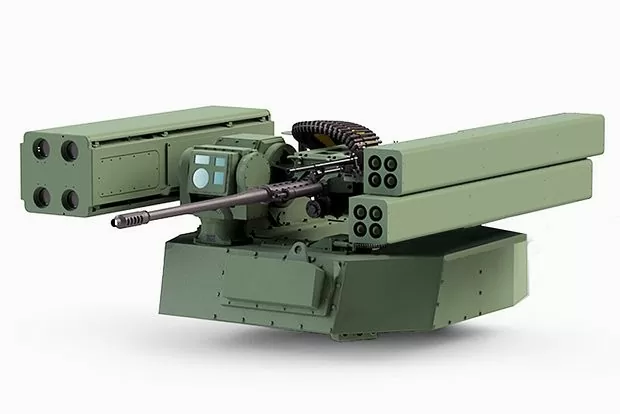 |
| The US is considering equipping the British anti-UAV air defense module. Photo: Defense News |
The first version of the system is based on the three-axle Supacat HMT chassis. This lightly armored vehicle reaches speeds of up to 120 km/h. The second chassis is built on the basis of the Dingo 3 mine-resistant armored vehicle.
The modular RIwP platform integrates different weapons into one system. The weapon system presented in the UK carries Starstreak surface-to-air missiles, M230 LF 30 mm autocannons and tandem machine guns.
In October 2024, at an exhibition and conference of the Association of the US Army, a high-energy beam anti-drone system was introduced on the chassis of a Stryker armored personnel carrier with a laser cannon, an automatic cannon and a 70mm APKWS II guided missile.
US Navy upgrades littoral combat ship to deal with UAVs
The US Navy announced that the Freedom-class littoral combat ship (LCS) USS Indianapolis has been upgraded to carry AGM-114L Longbow Hellfire radar-guided missiles. The missiles are designed to destroy drones, which have become especially important in the context of recent conflicts in the Middle East.
The decision to upgrade the warship’s weapons comes amid an increase in drone and missile attacks on US forces in the region. US bases and those of its allies have been hit by multiple attacks since the start of the conflict between Israel and Gaza in October 2023. In addition, drone and missile attacks from Yemen, including on US ships in the Red Sea, have also posed a serious problem.
 |
| The US is looking for a solution to counter cheap UAVs integrated into LCS. Photo: Topwar |
Previously, the US Navy often used missile defense systems or traditional fighter jets to destroy UAVs and missiles aimed at military and commercial ships. However, such measures require significant financial resources.
The cost of intercepting a target with the SM-2, SM-3 or SM-6 missile defense systems used in the Middle East can be as high as $2-4 million, and about 200 of these missiles were produced last year. Meanwhile, using the AGM-114L Longbow Hellfire, which costs about $200,000 per missile, significantly reduces costs while still ensuring high efficiency.
The modernization of the Littoral Combat Ship was carried out directly during the operational deployment in the Red Sea. Previously, in September 2024, the Freedom warship, along with two Arleigh Burke-class destroyers, participated in repelling missile and drone attacks launched by Yemen's Houthi forces.
Captain Matthew Lehman, LCS Mission Modules Program Manager, noted the importance of upgrading the anti-UAV system in the face of growing threats. According to him, developments in the US 5th Fleet's area of responsibility underscore the need to modernize the fleet to effectively respond to new challenges.
South Korea is developing a ballistic missile with an 8-ton warhead.
South Korea has developed a powerful new Hyunmoo V surface-to-surface ballistic missile (SSBM), Defense News reported. The Hyunmoo V ballistic missile's transporter-erector-launcher was showcased during the 76th Armed Forces Day in 2024. Although the missile itself was not announced, this has raised a number of questions.
South Korea's new ballistic missile is capable of hitting targets up to 3,000 kilometers away. It can carry an 8-ton conventional warhead, making it the heaviest non-nuclear warhead ever mounted on a ballistic missile.
The missile is designed to destroy military infrastructure deep underground, including missile silos, command bunkers and important underground facilities.
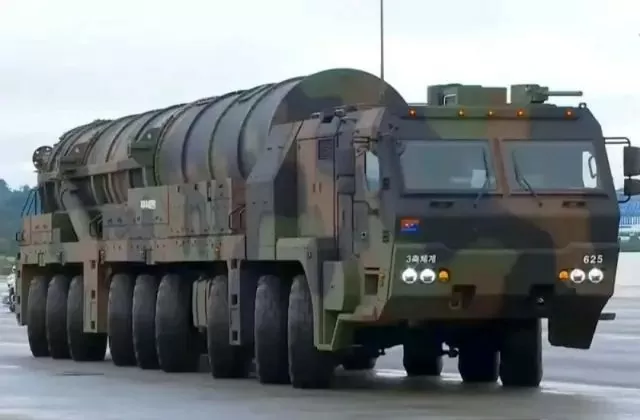 |
| The transporter-erector-launcher of the Hyunmoo V ballistic missile. Photo: Topwar |
The missile development underscores South Korea’s desire to bolster its defense capabilities after the US lifted ballistic missile range restrictions in 2021 that had previously limited Seoul’s ability to develop longer-range, more powerful ballistic missiles. The new missile is expected to enter service in the near future and will become a key component of the strategic deterrent system.
The missile is equipped with a two-stage solid fuel propulsion system that is capable of rapid acceleration and short transition time. In the terminal phase, the missile warhead can reach speeds of nearly Mach 10, making it much more difficult for enemy missile defense systems to intercept. The missile is mounted on a Kia Motors K901 off-road vehicle chassis, increasing maneuverability and flexibility in operation.
The Hyunmoo V's guidance system is based on advanced inertial and satellite navigation, providing high accuracy even over long distances. This level of accuracy allows South Korea to strike targets far from its territory or in preemptive strikes.
Source: https://congthuong.vn/ban-tin-quan-su-221-han-quoc-dang-phat-trien-ten-lua-dan-dao-sieu-khung-370733.html


![[Photo] Ceremony to welcome General Secretary and President of China Xi Jinping on State visit to Vietnam](https://vstatic.vietnam.vn/vietnam/resource/IMAGE/2025/4/14/5318f8c5aa8540d28a5a65b0a1f70959)
![[Photo] Hanoi people warmly welcome Chinese General Secretary and President Xi Jinping on his State visit to Vietnam](https://vstatic.vietnam.vn/vietnam/resource/IMAGE/2025/4/14/d6ac6588b9324603b1c48a9df14d620c)
![[Photo] Prime Minister Pham Minh Chinh chairs conference to review the implementation of Resolution No. 18-NQ/TW](https://vstatic.vietnam.vn/vietnam/resource/IMAGE/2025/4/14/dcdb99e706e9448fb3fe81fec9cde410)

![[Photo] General Secretary To Lam holds talks with General Secretary and President of China Xi Jinping](https://vstatic.vietnam.vn/vietnam/resource/IMAGE/2025/4/14/b3d07714dc6b4831833b48e0385d75c1)

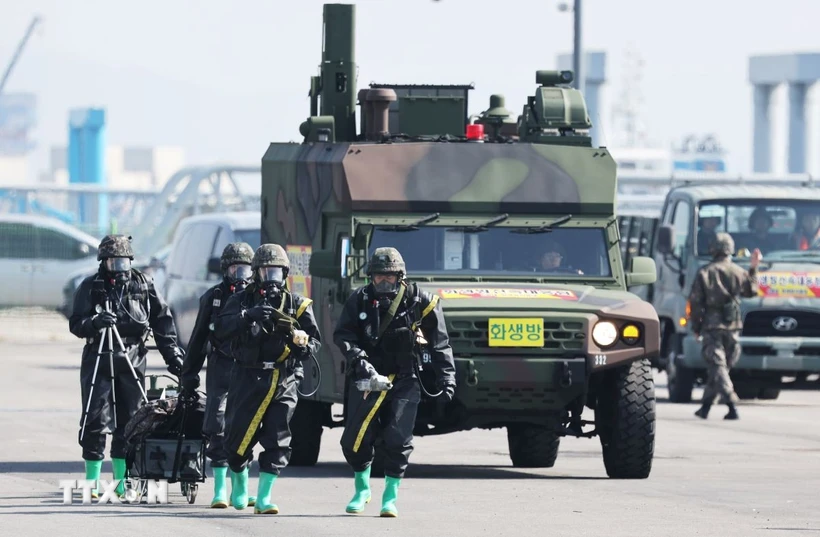

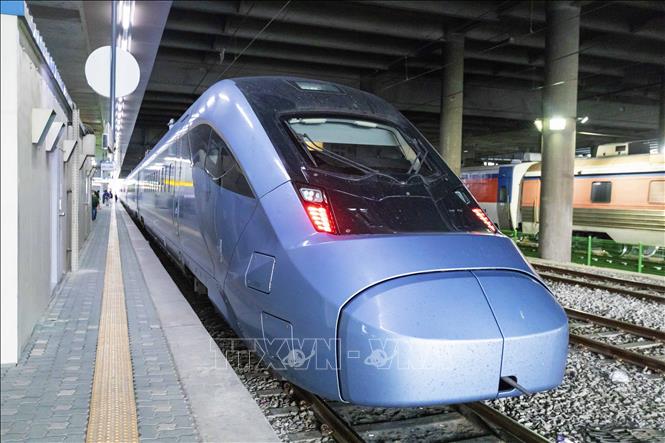

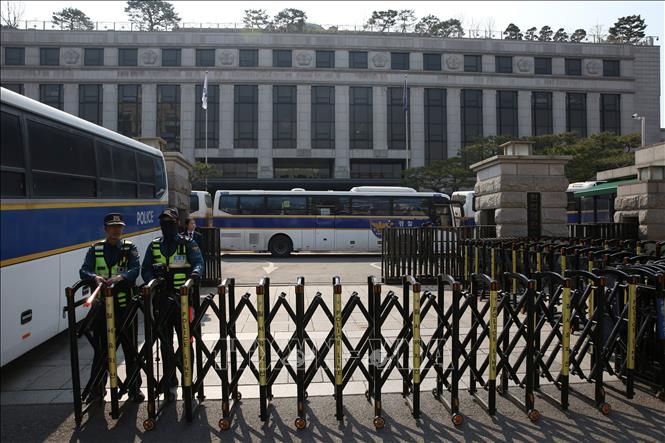


















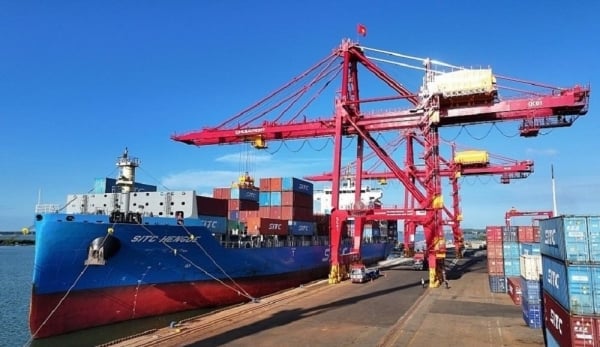
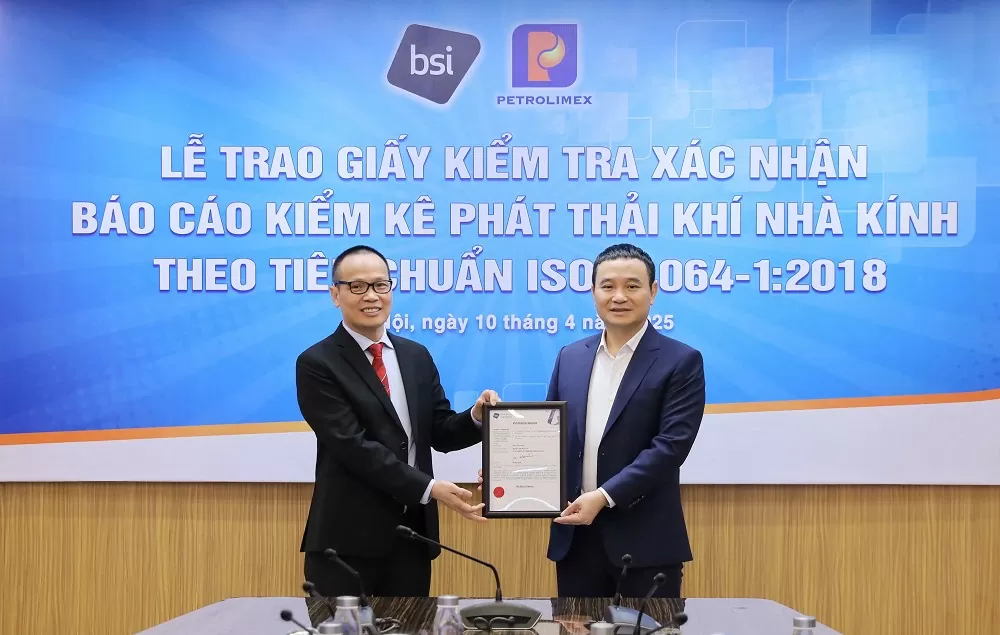
















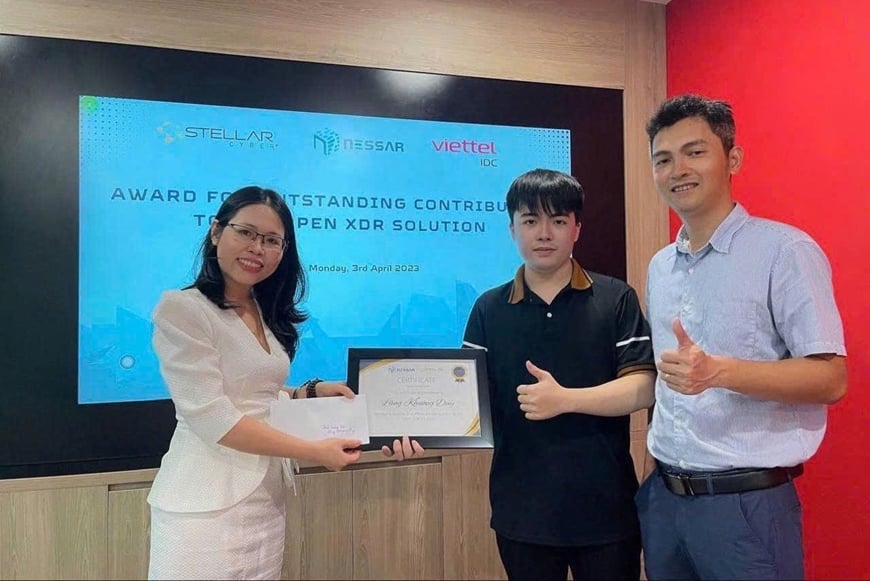














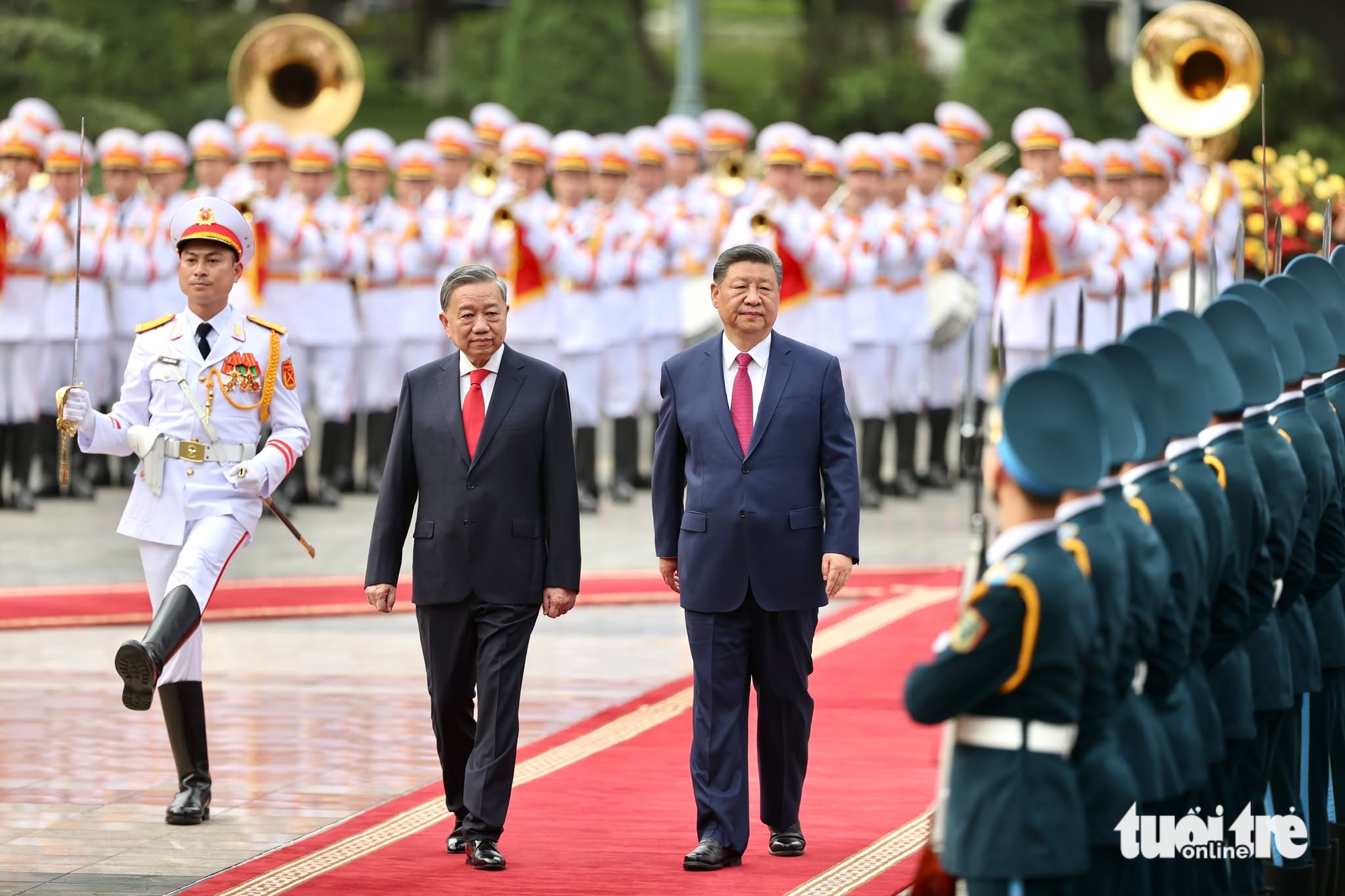










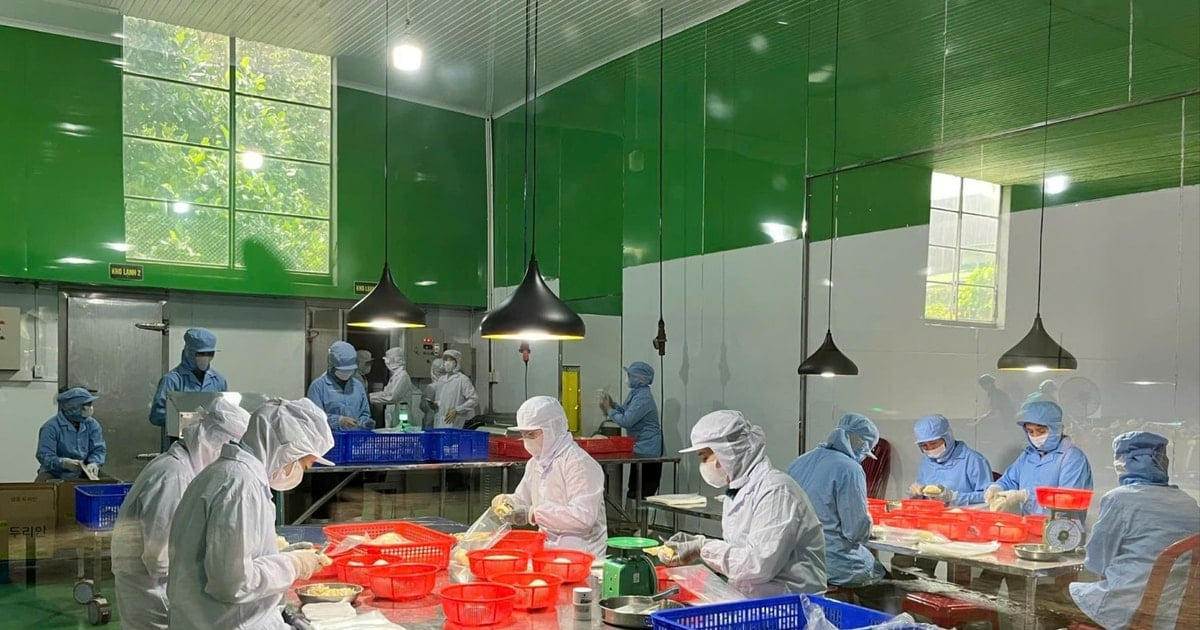


















Comment (0)